CHLOROPHYLL: Why and How to Eat It + A Recipe for Doing So
“Eat more greens,” says our moms and our doctors. OK, but why the emphasis on greens? Well, besides their fiber and high ratio of vitamins, minerals, and anti-oxidants per calorie, they actually provide us with energy converted directly from the sun.
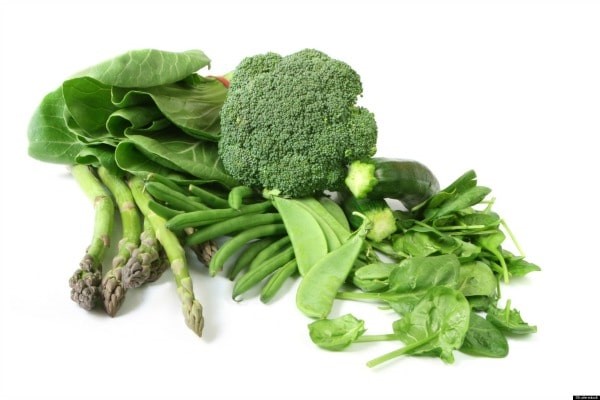
And chlorophyll, a key component of greens, makes it happen—it’s the molecule that directly captures light energy. That energy is converted into the compound adenosine triphosphate (ATP), which is then transported and stored throughout the organism. The ATP is later broken down in a chemical reaction with carbon dioxide and water in order to create glucose for food.
All the blah blah blah science aside, the point is we as humans need to eat chlorophyll because we aren’t able to photosynthesize. We just don’t have any natural chlorophyll running through our bodies. We need to eat chlorophyll-loaded food (aka GREENS) to get the building blocks for our bodies to make ATP for energy.
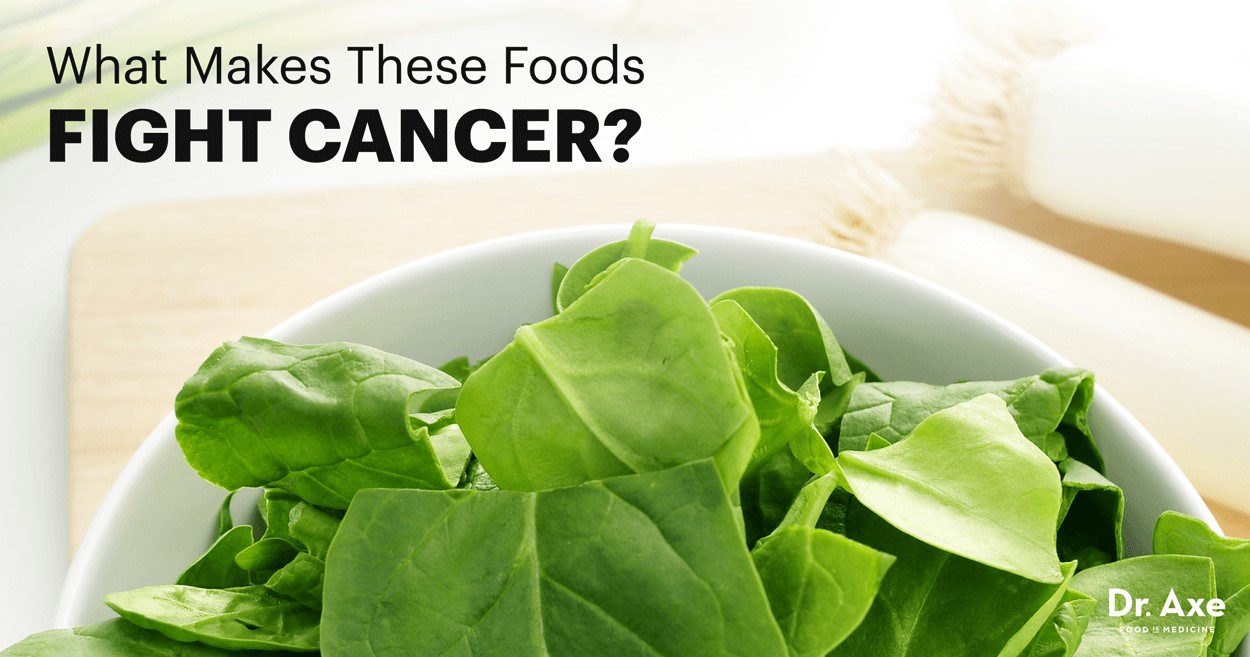
Besides the energy issue, there are many other reasons to make sure you get enough chlorophyll in your diet. It has been linked to important health benefits, such as cancer prevention, detoxification, liver function improvement, reduction of chronic inflammation, and strengthening of the immune system.
Knowing this then, it’s no surprise the chlorophyll is the new buzzword, food-wise.Watch for this nutrient to show up in everything (cholorophyll water is already getting lots of attention, for instance).
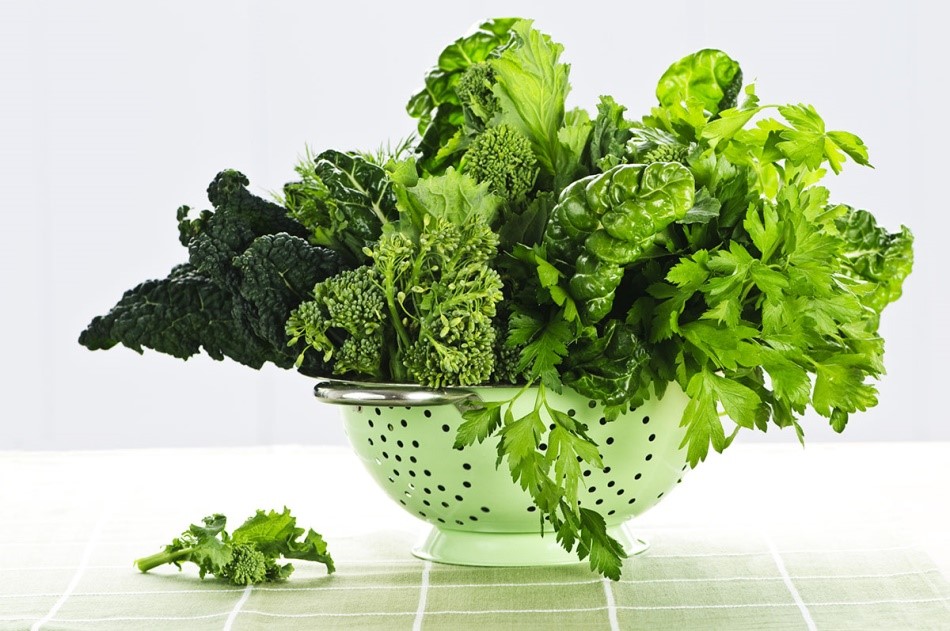
The outstanding news is that it’s readily available and you don’t have to pay big bucks for it. As mentioned above, all green vegetables contain chlorophyll. Some examples include:
- Any leafy greens, such as collards, arugula, parsley, lettuce, chard, spinach, or kale
- Asparagus
- Broccoli
- Brussels sprouts
- Green cabbage
- Bok Choy
- Celery
- Green beans and peas
- Leeks
- Peas
- Green peppers
- Green olives
- Sea vegetables
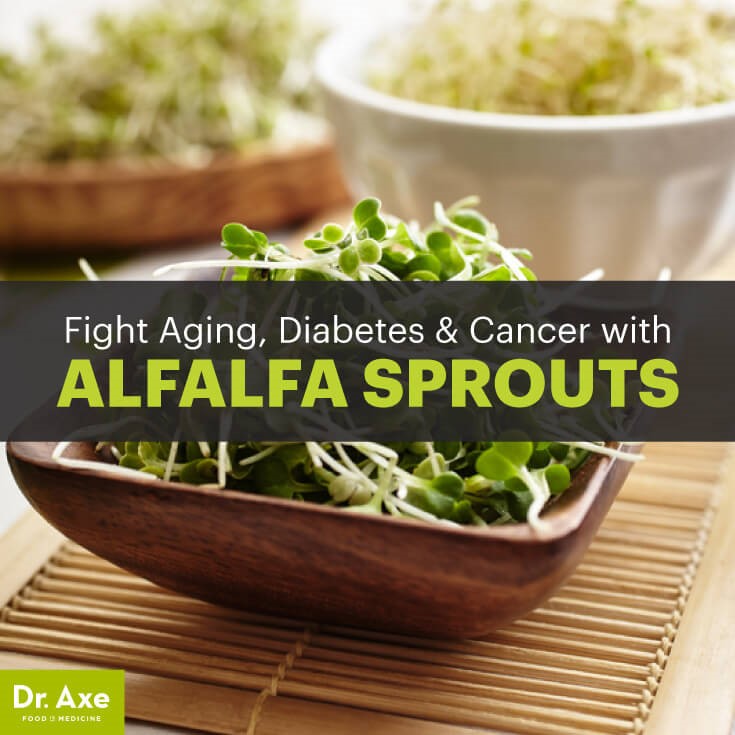
But perhaps the “Mother Superior” of a chlorophyll-containing green is alfalfa, recognized as having one of the highest amounts of this miracle-worker. A pretty good reason to cultivate an appreciation for alfalfa sprouts!
There are some important things to keep in mind when preparing these foods, though. For one, chlorophyll is very heat sensitive. Too much will destroy it. Green peas retain chlorophyll the best when boiled, whereas leeks lose the most. The best approach when cooking your greens is to steam them.
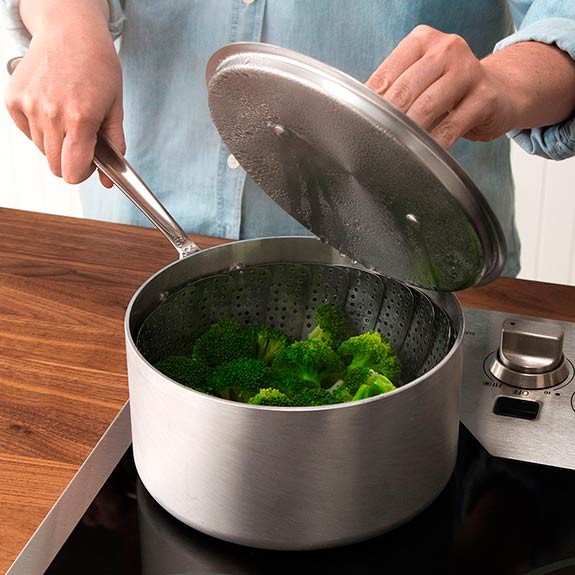
And besides cooking method, cooking time also matters. In general, the longer the cook time the more chlorophyll you’ll lose. So the bottom line is to steam your greens, but do it quickly.
One of the best ways, though, to get the most chlorophyll from your greens, though, is to eat them raw. Salad is obviously LOADED with chlorophyll. You’ll find that broccoli and even Brussels sprouts are just fine raw if they’re sliced or chopped extra fine and mixed with other strong flavors.
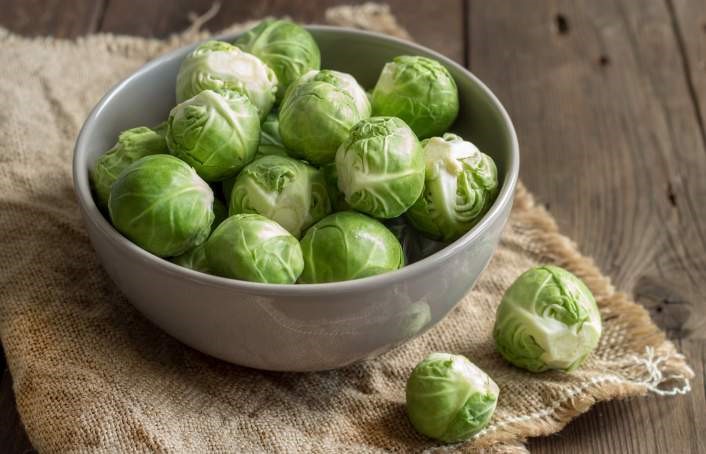
Speaking of Brussels sprouts, I’ll close with a chlorophyll-loaded recipe using them (found on a favorite site, www.care2.com). You combine them with bok choy to make a wonderful salad. This might sound like an unusual combination, but with the addition of sweet cherry tomatoes, avocado and gut-boosting miso, you’ll feel so good afterward you might be inspired to pass on dessert.
And as an added bonus, since Brussels sprouts and bok choy are both in the cabbage family, they are powerful bone health fortifiers. These two greens also help lower cancer risk and reduce cholesterol levels. The total combination is a vital source of folate, calcium, magnesium, fiber, B complex vitamins, and vitamins C, A and K.
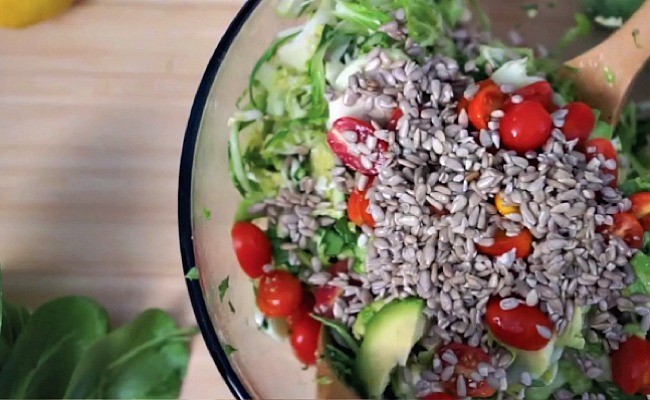
BRUSSELS SPROUTS AND BOK CHOY SALAD
3/4 cup sesame oil
Juice from one lemon
5 sprigs cilantro
1 tablespoon miso paste
2 cups Brussels sprouts
4 stalks bok choy
1/2 cucumber
1 cup cherry tomatoes
1/4 cup sunflower seeds
In a food processor, add raw sesame oil, lemon juice, cilantro and miso paste; blend until combined.
Switch from ‘S’ blade to Slice blade, and add Brussels sprouts, baby bok choy and cucumber. (If you do not have a Slice blade, you can finely slice the remaining ingredients by hand.)
Transfer to a mixing bowl and toss.
Add the avocado, cherry tomatoes and sunflower seeds and mix until combined.
- www.yurielkaim.com
- www.draxe.com
- www.urban-wellness.ca
- www.tasteofhome.com
- www.slenderkitchen.com
- www.care2.com
 Alice Osborne
Alice Osborne
Weekly Newsletter Contributor since 2006
Email the author! alice@dvo.com
